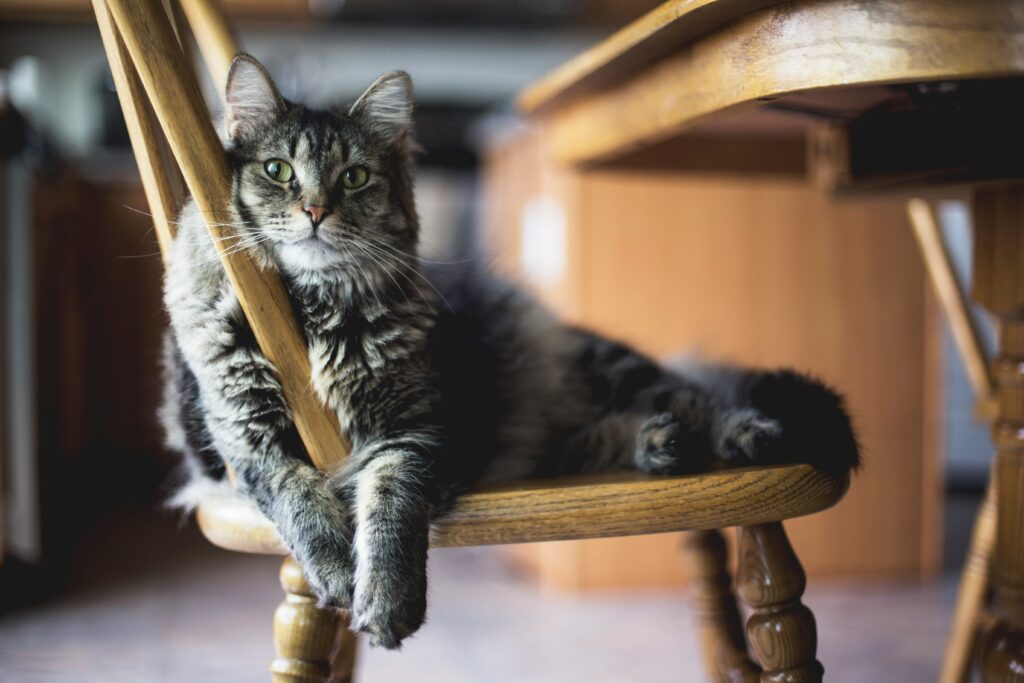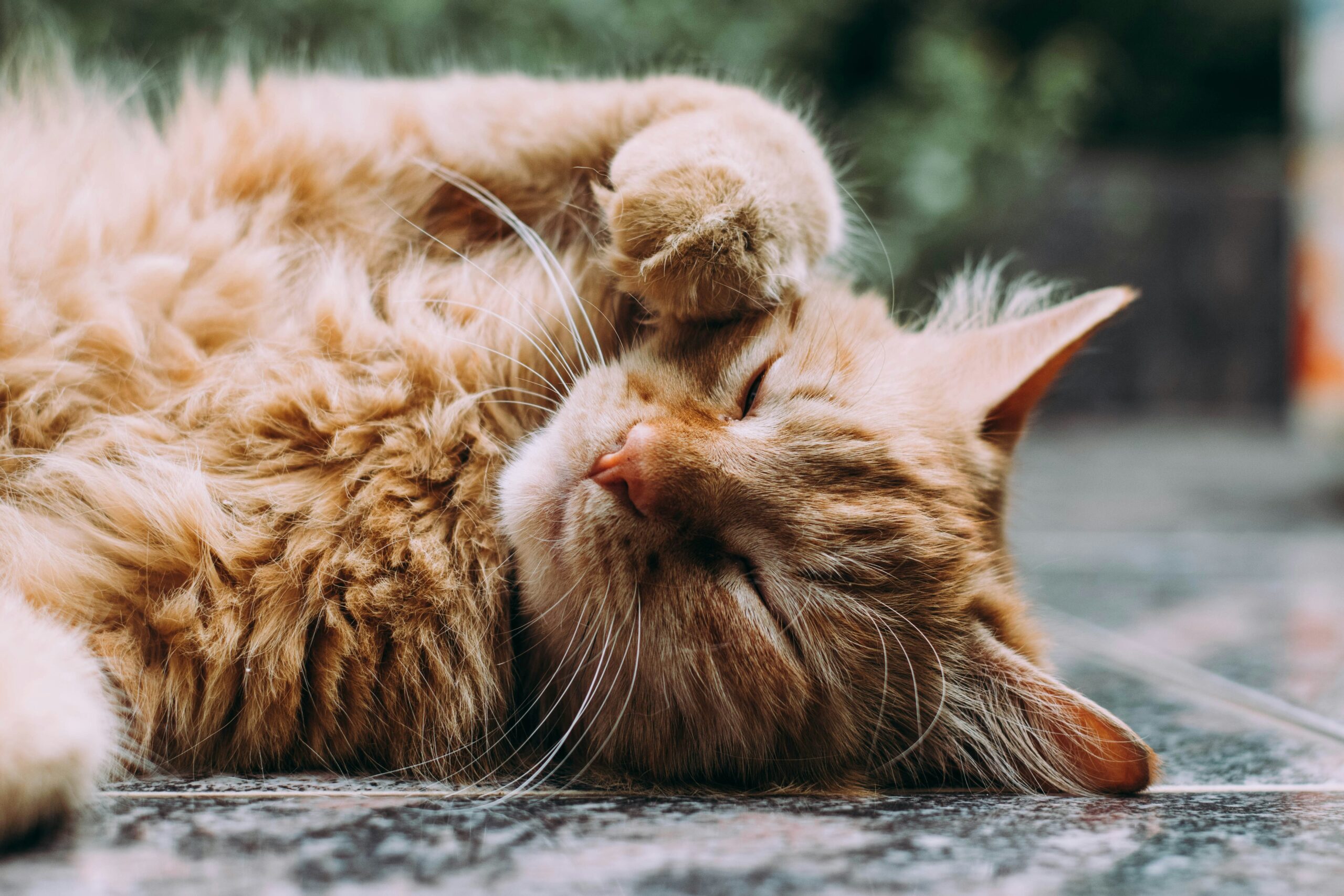Scratching is a normal, healthy behavior for cats. Cats scratch to express their emotions, mark their scent, and remove the dead part of their nails. Many people think that declawing is just a simple procedure similar to having your fingernails trimmed. In reality, it is the actual amputation of the first joint of a cat’s toes. Declawing has been banned in many countries. There is no medical benefit for the cat and it is often done as a matter of convenience to the owner.
Negative Effects of Declawing
There are many negative effects that come from declawing your cat.
- Declawing takes away the cat’s main weapon of defense. Indoor cats can still manage to escape and a declawed cat cannot defend itself against a large dog, bigger cat, or predator.
- Declawing can cause litterbox problems. Digging in a litterbox is painful for a declawed cat and they will come to associate pain with the litterbox itself. This may cause a declawed cat to avoid the litterbox altogether.
- Declawing can lead to biting problems. When cats lose their claws, they lose their ability to give a warning scratch when they feel threatened. Instead, they will resort to their second line of defense, which is biting, when defenseless or in danger.
- Cats walk on their toes; declawing your cat will alter the way the cat walks and affect the joints in its legs leading to arthritis in its hips and joints.

Some Alternatives to Declawing
Below are some tips to prevent unwanted scratching in your home:
- Keep their claws trimmed to minimize damage.
- Look into soft caps which are glued to your cat’s claws.
- Place a special two-sided tape on furniture to deter scratching.
- Provide ample scratching posts around the house.
Why You Should Never Declaw Your Cat

